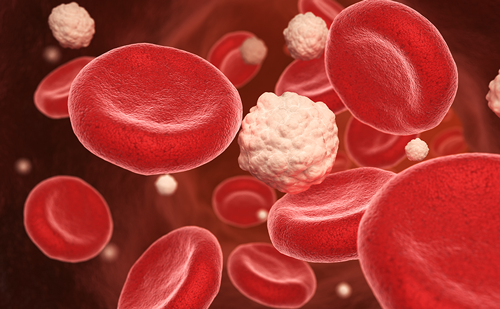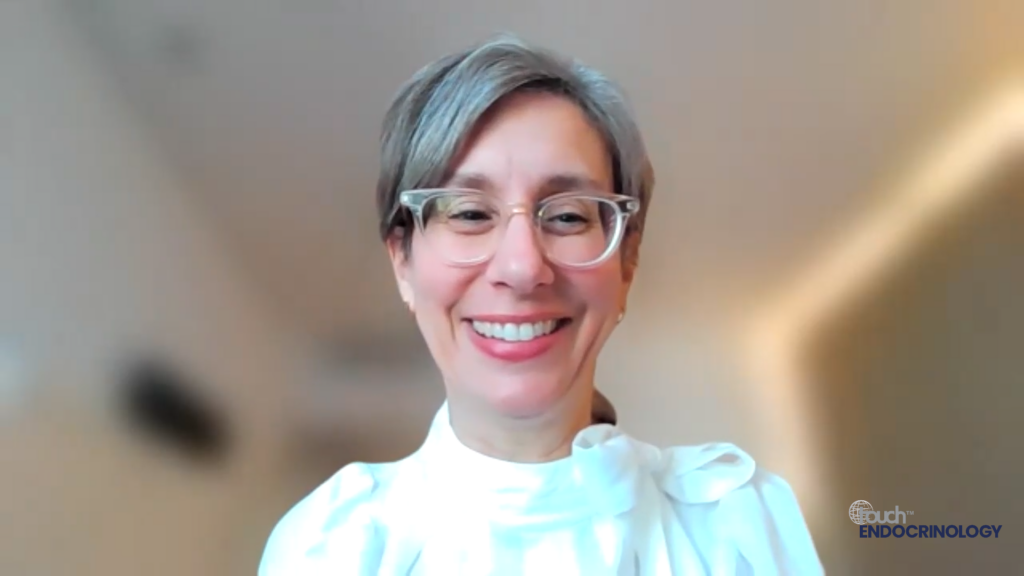The obesity epidemic is a major health crisis, generating long-term disability, as well as increasing disease burden and healthcare costs globally.1,2 It is increasingly being recognised that obesity is a complex, chronic disease with many contributing factors, and that the attitude that individuals are responsible for their afflictions is destructive.3 While prevention of obesity would be the ideal solution, the failure of numerous anti-obesity programmes4,5 are evidence that such interventions are suboptimal and that further treatment of obesity is needed.
Healthy lifestyle choices are essential in the treatment of obesity. However, weight loss can lead to physiological adaptations that promote weight regain.6 As a result, lifestyle treatment alone generally produces only modest weight loss that is not sustained.6,7 Four medications for the treatment of obesity have been approved by the FDA since 2012: Qsymia® (Vivus, Campbell, California, USA; phentermine and topiramate), Belviq® (Eisai, Tokyo, Japan; lorcaserin), Contrave® (Nalpropion, La Jolla, California, USA; naltrexone and bupropion) and Saxenda® (Novo Nordisk, Bagsværd, Denmark, liraglutide). Despite the availability of these agents, prescribing of obesity medications is at a low level; only 2% of overweight or obese individuals receive anti-obesity drug therapy.8,9 One potential reason for the low adoption of these therapies is safety concerns; these agents have several adverse effects and some are contraindicated in a number of patient populations.10 Bariatric surgery is also an effective treatment for weight reduction but is associated with numerous risks including micronutrient deficiencies and the need for additional procedures.11 There is a clear need for weight loss treatments that can achieve clinically meaningful weight loss with little or no additional safety risk.
Plenity™ (previously known as Gelesis 100; Gelesis, Boston, Massachusetts, USA) offers an alternative strategy to weight loss. It is a superabsorbent hydrogel that is classified as a medical device rather than a drug. It is made from modified cellulose cross‐linked with citric acid. Following oral administration in capsules with water before a meal, Plenity releases particles in the stomach that rapidly absorb water and mix with ingested foods. When hydrated, the gel occupies around 250 mL, about a quarter of the stomach’s volume, providing the feeling of a full stomach and thereby reducing calorie intake. The gel is not absorbed, passes through the small intestine and reaches the colon, where the water is reabsorbed and the remainder passes out in the faeces.
At the 21st European Congress of Endocrinology, which was held on the 18–21 May in Lyon, France, Gelesis presented data from the Gelesis Loss Of Weight (GLOW) study, a multicentre, randomised, double‐blind, placebo‐controlled study in 436 adult patients with body mass index (BMI) between 27–40 (i.e., overweight or moderately obese) and fasting plasma glucose of 90–145 mg/dL. Patients with a BMI <30 were required to have at least one of the following: dyslipidaemia, hypertension or drug‐naive/metformin‐treated type 2 diabetes. Patients self‐administered three capsules containing either 2.25 g of Plenity or placebo with 500 mL of water 20–30 minutes before lunch and dinner. In addition, patients were prescribed a diet of 300 kcal below their calculated daily energy requirement and were instructed to perform daily moderate‐intensity exercise, as well as not changing their smoking habits during the study.12
Results showed that participants who received Plenity achieved greater weight loss from baseline to day 171 than those who received placebo (6.4% loss of body weight versus 4.4%, p=0.0007). However, Plenity did not meet the 3% super-superiority endpoint. Among patients treated with Plenity, 59% lost more than 5% of body weight and 27% lost more than 10%, compared with 42% and 15% in the placebo group, respectively. Plenity‐treated patients had twice the odds of achieving ≥5% and ≥10% weight loss versus placebo (adjusted odds ratio [OR]: 2.0, p=0.0008; OR: 2.1, p=0.0107, respectively), with 5% responders having a mean weight loss of 10.2%.12
Of note, more patients with prediabetes or drug‐naive type 2 diabetes achieved ≥7.5%, and ≥10% weight loss compared with placebo patients (53% and 44% versus 25% and 14% respectively). The odds of achieving ≥7.5% or ≥10% weight loss among this patient subgroup were 3.4 and 6.1 times higher in the Plenity group versus the placebo group (p=0.0272 and 0.0071, respectively). Another interesting finding was that early responders achieved a higher weight loss than nonearly responders at week 24 (9.9% versus 2.1%, respectively). A weight loss of ≥3% after 8 weeks of treatment with Plenity was found to be predictive of a weight loss of ≥5% after 6 months.12
The safety and tolerability of the capsules was excellent. The most frequently observed treatment-related adverse events (AEs) were gastrointestinal disorders (38% in the Plenity group versus 28% in the placebo group), infections and infestations (1% in each of the Plenity and placebo groups), and musculoskeletal and connective tissue disorders (1% in the Plenity group and 0% in the placebo group). Only five patients discontinued treatment with Plenity because of gastrointestinal‐related AEs compared with four from the placebo group.12
Plenity received FDA approval in April 2019 and Gelesis is preparing a targeted US launch in the second half of the year. Its non-invasive nature and excellent tolerability profile will appeal to both patients and healthcare professionals. The GLOW study revealed two predictors of patients who will benefit most from treatment: fasting plasma glucose and response after 8 weeks of therapy, increasing the cost-effectiveness of the treatment. However, it is important that the findings of this study are placed into perspective. Plenity alone will not solve weight problems. Obesity is a chronic relapsing disease that requires behavioural interventions and a multidisciplinary approach. In conjunction with dietary modification and exercise, Plenity represents a valuable addition to the treatment of obesity.
References
- Hales CM, Carroll MD, Fryar CD, et al. Prevalence of obesity among adults and youth: United States, 2015-2016. NCHS Data Brief. 2017;1-8.
- Casazza K, Fontaine KR, Astrup A, et al. Myths, presumptions, and facts about obesity. N Engl J Med. 2013;368:446–54.
- The Lancet Diabetes Endocrinology. Should we officially recognise obesity as a disease? Lancet Diabetes Endocrinol. 2017;5:483.
- Adab P, Pallan MJ, Lancashire ER, et al. Effectiveness of a childhood obesity prevention programme delivered through schools, targeting 6 and 7 year olds: cluster randomised controlled trial (WAVES study). BMJ. 2018;360:k211.
- Mead E, Brown T, Rees K, et al. Diet, physical activity and behavioural interventions for the treatment of overweight or obese children from the age of 6 to 11 years. Cochrane Database Syst Rev. 2017;6:Cd012651.
- Greenway FL, Physiological adaptations to weight loss and factors favouring weight regain, Int J Obes (Lond), 2015;39:1188-96.
- Apovian CM. The obesity epidemic–understanding the disease and the treatment. N Engl J Med. 2016;374:177–9.
- Kyle TK, Stanford FC. Low utilization of obesity medications: What are the implications for clinical care? Obesity (Silver Spring). 2016;24:1832.
- Xia Y, Kelton CM, Guo JJ, et al. Treatment of obesity: Pharmacotherapy trends in the United States from 1999 to 2010. Obesity (Silver Spring). 2015;23:1721–8.
- Apovian CM, Aronne LJ, Bessesen DH, et al. Pharmacological management of obesity: an endocrine Society clinical practice guideline. J Clin Endocrinol Metab. 2015;100:342–62.
- Courcoulas AP, Christian NJ, Belle SH, et al. Weight change and health outcomes at 3 years after bariatric surgery among individuals with severe obesity. JAMA. 2013;310:2416–25.
- Greenway FL, Aronne LJ, Raben A, et al. A randomized, double-blind, placebo-controlled study of gelesis100: a novel nonsystemic oral hydrogel for weight loss. Obesity (Silver Spring). 2019;27:205–16.









